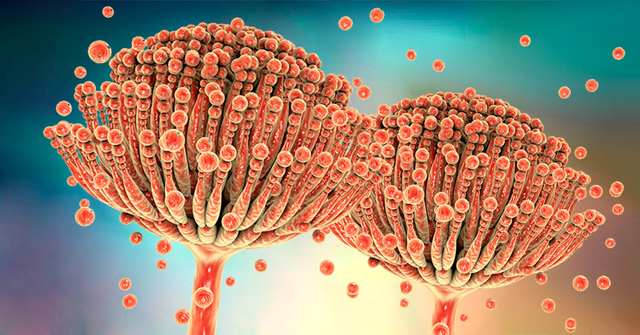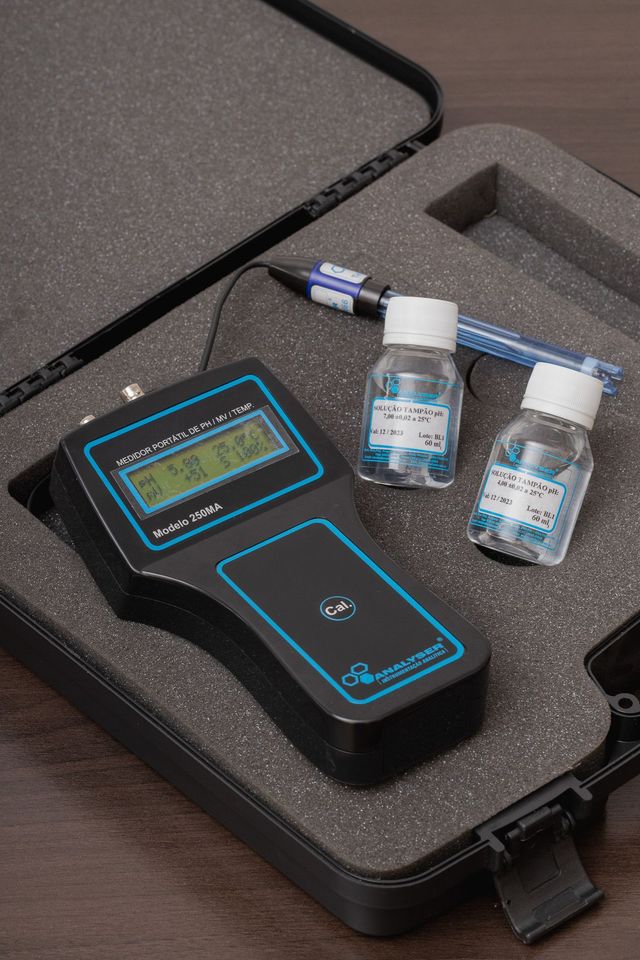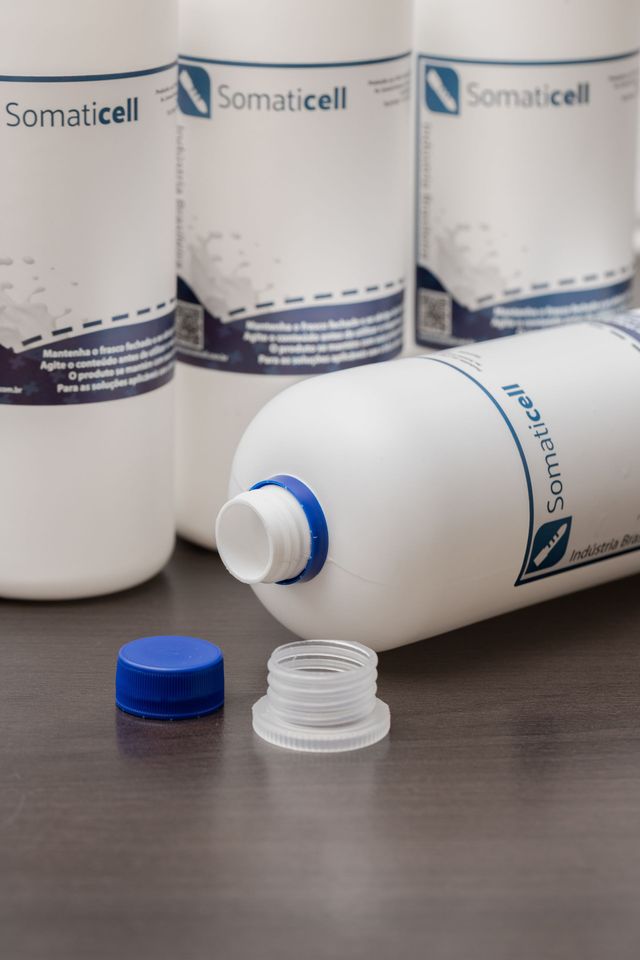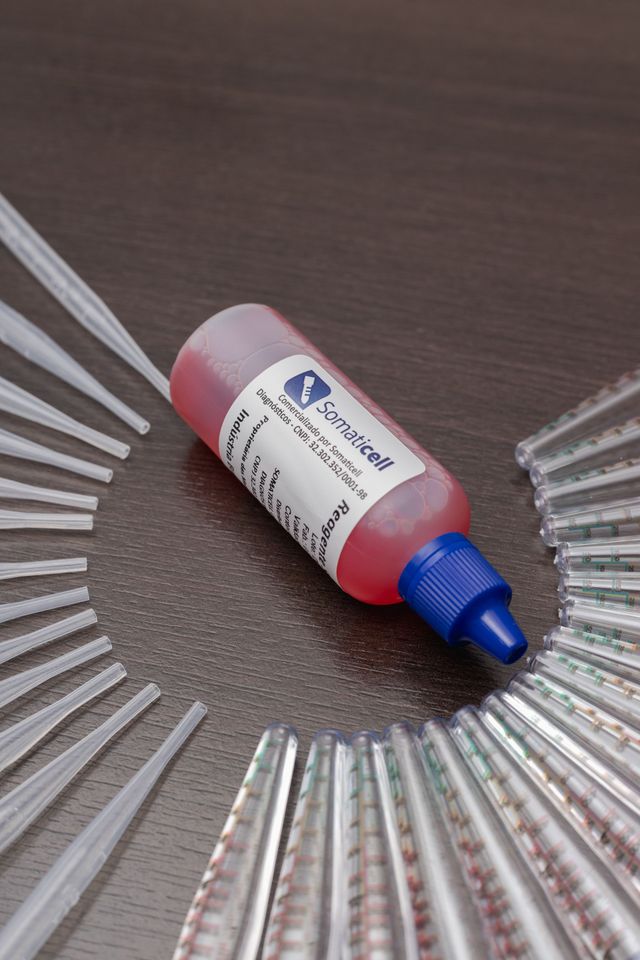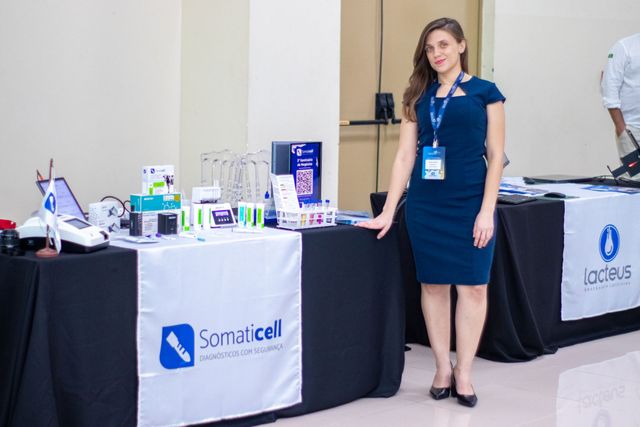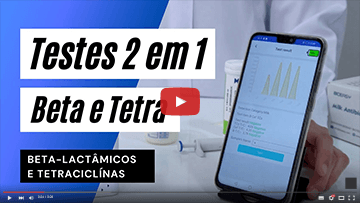Mycotoxins: understand about it
The control and management of mycotoxins is a point of great attention for the health of livestock and consumers
Mycotoxins are secondary metabolites of fungi, quite recurrent worldwide, in the contamination of cereals and other foods, representing a potential risk to human and animal health.
Thus, as a need for constant improvement in the area of animal nutrition, the control and management of mycotoxins is a point of great attention. This is because it concerns economic and public health reasons.
In this article, we will address important points for a better understanding of mycotoxins, separated into the following topics:
- What are mycotoxins?
- Main mycotoxins
- Effects of mycotoxins on dairy cattle
- Diagnosis of mycotoxins
- Treatment of mycotoxins
- Mycotoxin prevention
Follow the article and good reading!
What are mycotoxins
There are reports of mycotoxins from the Old Testament. However, attention turned to the study of these toxins in the 1960 decade. That year, there was an outbreak of aflatoxin in Europe, which thus caused high lethality in turkeys in England, known as turkey.
Mycotoxins are secondary toxic metabolites produced by filamentous fungi. Thus, the growth and proliferation of fungi occur in grains when under ideal conditions of temperature, humidity and presence of oxygen. Thus, identification of the fungus is of paramount importance in providing guidance for testing for possible mycotoxins.
However, it should be noted that the presence of the fungus does not always confirm the presence or identification of a mycotoxin. These toxins are quite dangerous. This is because of its power to conserve itself well in ideal environments. This is because most mycotoxins can remain stable for years in animal feed, and many survive silage and feed processing.
Furthermore, they can be concentrated several times in cereal by-products. And they usually focus three times on distillers or corn gluten co-products.
Main mycotoxins
There are approximately 500 known types of mycotoxins, and animals are constantly exposed to multiple toxins through their diet.
However, the main mycotoxins occurring in grains and by-products used in animal nutrition in Brazil are: aflatoxins, fumonisins, zearalenone, trichothecenes and ochratoxin A.
The other mycotoxins occur less frequently. Even so, they cause important economic losses when they contaminate the diet of dairy herds.
Follow in the topics below the characteristics of the main mycotoxins present in Brazil:
Aflatoxins
Aflatoxins cause liver disease as they are potent liver toxins (hepatotoxins).
Fumonisins
The main clinical signs that animals show when contaminated with fumonisins are pulmonary edema, leukoencephalomacia, nephrotoxicity and hepatotoxicity.
Zearalenone
Mycotoxin can produce estrogenic effects, causing swelling of the vulva and enlargement of the uterus as symptoms. In addition, atrophy of the ovaries and miscarriage may occur.
Ochratoxin A
It has carcinogenic, nephrotoxic, teratogenic, immunotoxic and neurotoxic properties.
Trichothecenes
Contamination with mycotoxins of the trichothecenes class causes immunological effects, hematological variations, digestive disorders (diarrhea), dermatitis, oral lesions, intestinal hemorrhages and edema.
Effect of mycotoxins on dairy cattle
The effects of mycotoxins in dairy cattle are quite variable, as the clinical picture depends on the mycotoxin involved and the interaction with other stress factors.
Therefore, the animals most susceptible to stress, such as cows at the peak of lactation, are the most affected, mainly due to the suppression of the immune system.
Because of such wide variation in symptoms, it is difficult to make a diagnosis.
However, when a case is found in a region, there is a tendency to diagnose almost everything that is not evident as mycotoxicosis.
When contamination levels in food are low, losses are associated with subclinical losses, which cause a drop in milk production, an increase in the incidence of diseases and poor reproductive performance.
However, when concentrations of mycotoxins in the diet are high, it is possible to have serious problems in livestock, including death.
Mesmo com as variações de sintomas apresentados pela contaminação por micotoxinas, a NutriLab – Nutrifarma elenca, por classe, os seguintes efeitos nos animais:
Aflatoxins
Aflatoxins cause liver disease as they are potent liver toxins (hepatotoxins).
Fumonisins
The main clinical signs that animals show when contaminated with fumonisins are pulmonary edema, leukoencephalomacia, nephrotoxicity and hepatotoxicity.
Zearalenone
Mycotoxin can produce estrogenic effects, causing swelling of the vulva and enlargement of the uterus as symptoms. In addition, atrophy of the ovaries and miscarriage may occur.
Ochratoxin A
It has carcinogenic, nephrotoxic, teratogenic, immunotoxic and neurotoxic properties.
Trichothecenes
Contamination with mycotoxins of the trichothecenes class causes immunological effects, hematological variations, digestive disorders (diarrhea), dermatitis, oral lesions, intestinal hemorrhages and edema.
Diagnosis of mycotoxins
As mentioned earlier, the diagnosis of mycotoxicoses is difficult, considering that they often cause nonspecific symptoms. In this sense, the sampling and analysis of the total diet are fundamental, knowing that the symptoms in dairy cattle occur according to interactions with other stress factors.
Anyway, mycotoxins should always be considered as a possible causal factor when there are problems with no identified cause. The diagnosis is based on clinical, epidemiological and laboratory findings.
Tendo em vista que os sinais da doença não são patognomônicos, a Equipe de veterinários – TECSA Laboratórios recomenda que, para o diagnóstico, ocorra triagem dos animais.
Thereafter, the following tests are requested:
- Mycotoxin (aflatoxin) - food, waste and products
- mycotoxin (Ochratoxin) - food, waste and products
- mycotoxin (Zearalenone) - food, waste and culture products for fungi
- Global check-up profile of bovine functions
- Complete blood count of cattle
- Histopathology - biopsy
Treatment of mycotoxins
Since mycotoxins can remain in grains even in the absence of fungi, it is necessary to ensure the protection of animals.
Thus, the animal feed industry and farms have used anti-mycotoxin additives (mycotoxin adsorbents), with the aim of reducing their absorption in the gastrointestinal tract of animals.
These additives must be able to absorb, biotransform or neutralize mycotoxins in the gastrointestinal tract. Thus, reducing exposure and distribution to the organism, being soon eliminated via feces.
The first and only study carried out to evaluate the effect of anti-mycotoxin additives in vivo was carried out by UFSM/RS, Embryolab, Lamic and Samitec. In this analysis, the additive used in the study is based on bentonite (Toxfree MilkPower).
Toxfree MilkPower significantly reduced the levels of aflatoxin M1 in milk, compared to animals that received only aflatoxins in the diet, by more than 70%.
In addition, the use of anti-mycotoxin additives proved to be an efficient management practice in reducing the risk of losses caused by mycotoxins and increasing the profitability of the dairy herd.
Mycotoxin prevention
There is no doubt that prevention is the main tool to reduce the damage caused by mycotoxins.
Given that mycotoxins tend to be thermostable, a preventive approach to them is of paramount importance.
However, avoiding full fungal contamination is often impossible because the main toxigenic molds are so widespread in the environment.
In this sense, the use of good quality raw materials in the composition of diets is the first step towards a healthier herd. Still, as we saw earlier, the use of anti-mycotoxin additives, with proven action, has become the main alternative. This is because most of the foods used in the composition of diets are contaminated.
There is no doubt that the prevention of mycotoxicosis is based on agricultural techniques and food storage. Therefore, pay attention to the following points related to your herd’s food:
- Planting areas must have good control of pests that damage seeds;
- Area rotation and good fertilization also contribute to controlling the development of fungi;
- Storage care is essential: warehouses must be well ventilated and not prone to moisture accumulation;
- Grains with high humidity can be treated with Propionic Acid, which has a fungicidal action.
As a continuous process, in order to have greater control over the mycotoxins present in grains, it is necessary for producers to test these foods.
After the testing stage, actions must be taken to keep the mycotoxin level below the regulatory action level for each species and production stage. This is because aflatoxin residues can occur in many animal products exposed to excessive amounts.
It is noteworthy that residues are especially important in milk and organ tissues, but can also be present in meat.
Every day, new challenges arise for dairy farmers, and mycotoxins present in the diet have become another issue to face, in order not to lose profits. Therefore, it is important that, when dealing with ingredients in your herd's diet, it is necessary to measure the concentration of mycotoxins present and to know the nutritional value of the feed.
Remember, too, that human exposure to high levels of mycotoxins - in particular aflatoxin - in grains and other crops can result in serious health problems. Therefore, any potentially contaminated grains or foodstuffs need to be handled with great care.
Therefore, producers, factory operators and other employees involved in routine work with potentially contaminated food should always wear protective equipment such as gloves, dust masks and coveralls.
Now that you know more about mycotoxins and their possible effects on cattle, this knowledge can help you find solutions to your herd's problems. This is because, if there is a health problem that is difficult to solve, where several treatment alternatives do not show results, look for mycotoxins in the diet.
E aí, gostou das informações? Disponibilizamos muitos conteúdos no nosso blog, para você aprender mais sobre a saúde do seu rebanho.
Entre em
Contact com a gente e fale com um de nossos especialistas! Com
nossas soluções, a sua cadeia produtiva de leite nunca mais será a mesma!
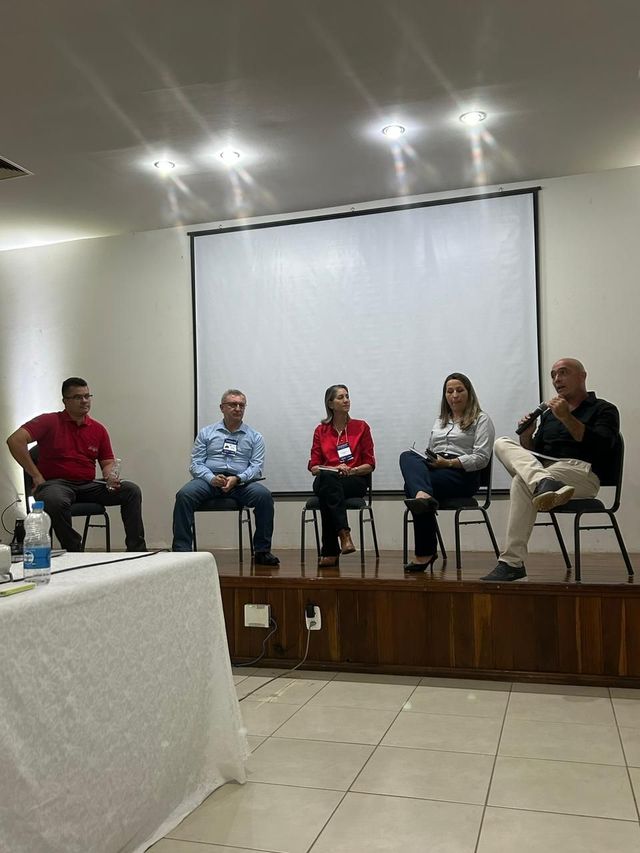
Conheça nosso App
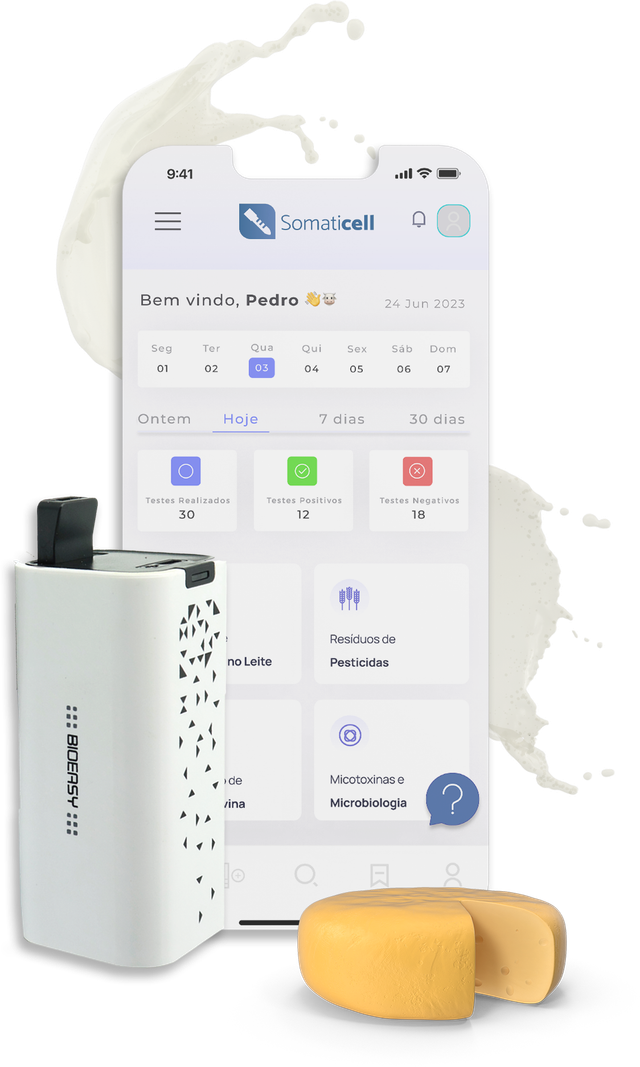
Our Educational Videos
Somaticell on Social Networks


